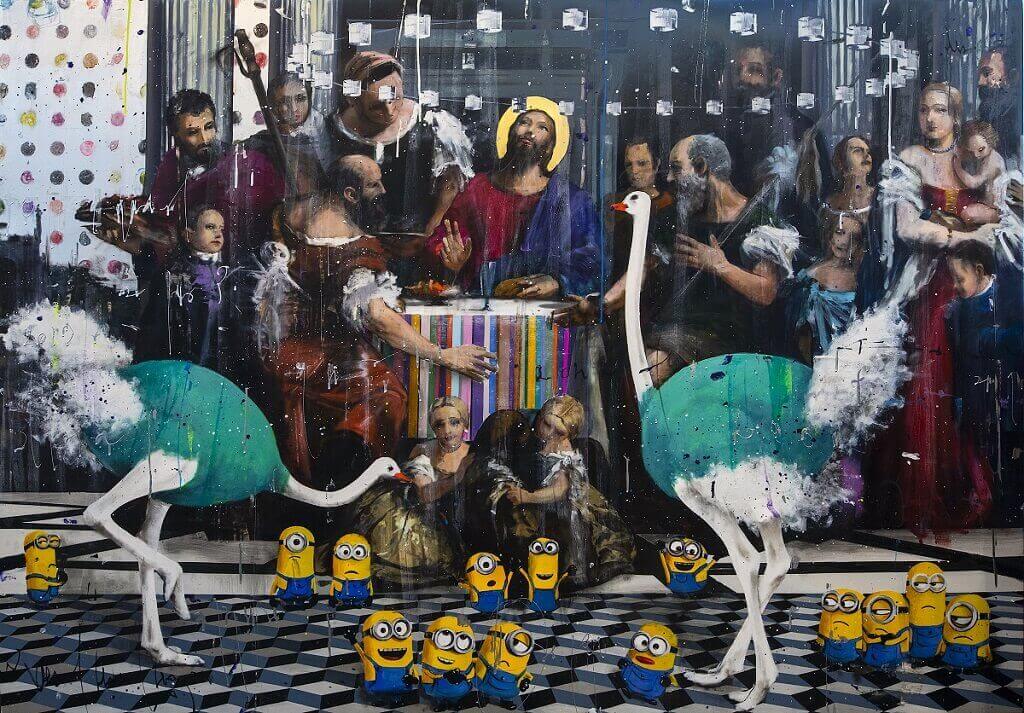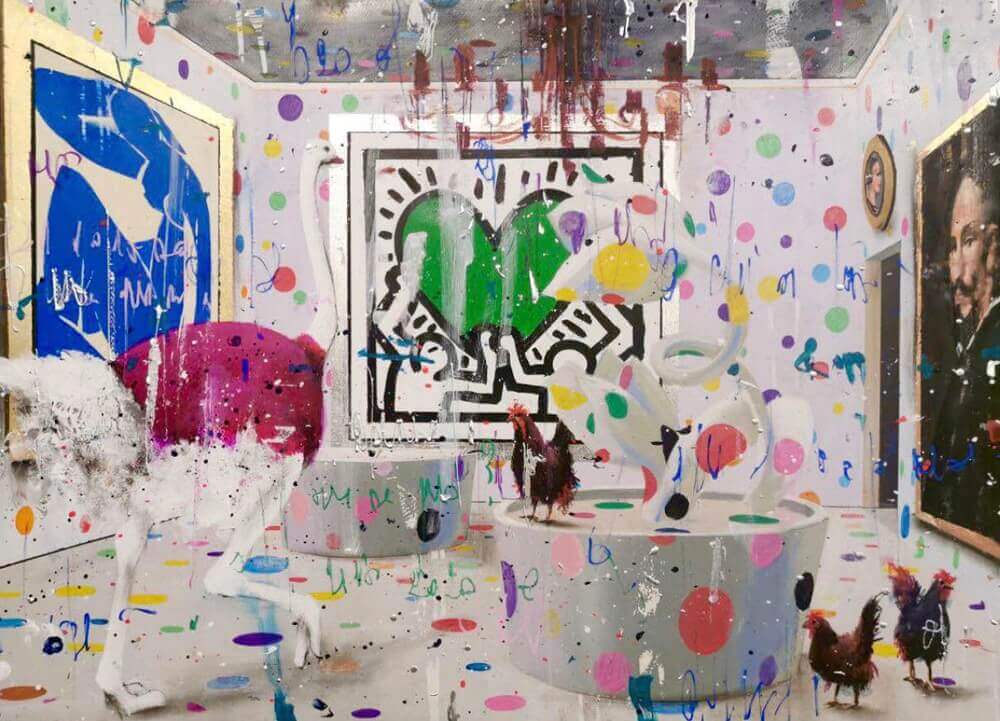Art Movement Definition
Since the beginning of time, humans have been creating art. In fact, the oldest known pieces of art were made in the early Paleolithic period. The Mesopotamians created the world’s first art in clay and later in stone; the Egyptians and the Greeks also were master craftsmen. Today, in the 21st century, we’re in a very different era: in the art world, we’re seeing the Internet and technology transform the way artists create and disseminate their work.

Defining the Movement
Art Movement is the term used to describe the art movement that arose in the 1960s. A term that was coined by the late M.C. Escher, who was one of the first artists to utilize the technique of tessellation to create geometrical shapes that no one had ever seen before. The art movement has existed for over forty years and has still displayed the same aesthetics that was originally created in the 1960s.
Many people use the word “movement” in describing their art without really knowing what it means. There are different ways to define the term, but one way is to say that movement is change. Each of our movements can be broken down into two components:
- The movement itself
- The changes that result from the movement.
There are several ways to define an art movement, but it all comes down to the term’s origin. Simply put, an art movement is a group of artists who exhibit a common theme, style, aesthetic, or movement in their field. Many art movements are short-lived, while others continue for generations, but they all have one thing in common: they are all linked to a specific time period.
How did the art movement start?
The movement was started by artists who wanted to create art that had more meaning. They wanted to express their thoughts about the world around them. They also wanted to bring their art out of galleries and museums and into the streets. The art movement took off in the second half of the 19th century, with the Impressionists calling for paintings that captured the energy and dynamism of the modern world. It was an idealistic period when people believed that what was was important, not what it looked like.

But arguably, realism had started the first movement. Realism can be defined as an artistic movement that focuses on portraying objects and scenes of the world in a truthful and accurate manner. It was a reaction to Romanticism and the idealism of the Enlightenment and was a response to the late 18th and early 19th century’s new emphasis on realism and social realism in literature, painting, and sculpture. Realism was also a reaction to the way that Romanticism and the Enlightenment idealized.
After the wars of the 20th century, the artists of the 1950s initiated a new movement called Pop Art, calling for art that celebrated the common man, which attracted the mass media and the audience. This movement evolved with the advent of new media called art video, installation art, digital art, and net art, which gathered masses of young people fueled by the Internet.

What was the purpose of the art movement?
Art Movement is a movement that combines art and traditional movement, which changes the way people think and the way they act. It aims to create an environment where people feel free to express themselves in an original way. By doing this, people can feel more comfortable in expressing their emotions in public.
The primary goal of artists is to communicate. From cartoons to sculptures to paintings and even to art of papercutting, artists will always try to convey what they feel with their respective arts. However, in the mid-1800s in France, artists found themselves in a new world. The rise of photography and the creation of the printing press began a new age in art: realism.
What are the different art movements?
The artworld is full of movements. Some are short-lived fads that die out soon after they begin. Others are more long-lasting, remaining intact for centuries. Some are just passing trends, while others are so well-established that you can tell someone immediately by their favorite artist. The following are some of the more commonly recognized movements in the world of art:
- Italian Renaissance Art
- Realism
- Baroque
- Impressionism
- Post-impressionism
- Cubism
- Fauvism
- Expressionism
- Dadaism
- Surrealism
- Pop Art
Art movements are typically linked to revolutionary changes in artistic styles, which focus on issues that artists previously neglected or ignored. Such movements may be linked to the overall cultural atmosphere or may be associated with important historical events.
What is an example of an art movement?
As in the previous case, the art movement of Impressionism is a good example. Its origins are accredited to a group of European artists that were based in Paris. Impressionism is an art movement that was started in Paris in the late 1800s. Impressionism is an art movement that is characterized by fairly small and thin brush strokes. The French impressionists used very brightly colored paints to capture the effects of light and air on objects.
Why are art movements important?
Art movements can be defined as a series of artworks of people who meet and share a common interest in art. However, not every movement is created equal—many movements have been co-opted and adopted by other groups and movements.
So, what makes a movement unique and interesting? There are three factors that define movements:
- When and where they were initiated;
- The types of artists/groups involved; and
- The unique artistic response.
Just like what you can witness in the works of Angelo Accardi, art movements are ideas that evolve over time and change the way artists approach their craft. This movement includes artists who are inspired by what they see around them. Artists use these movements to spark their interest and to provoke interest in their work. They are like the original fuel that helped establish what becomes, in essence, a movement.
How can an art movement affect a person?
Art is a form of communication for a lot of different reasons. Such as the following:
- It can help us interpret the world around us, help us express our thoughts and feelings, and influence us to do things we wouldn’t normally do.
- It can also help to change society by changing people’s mindsets, instilling values, and communicating experiences across space and time.
- Art in this sense is communication; it allows people from different cultures and different times to communicate with each other via images, sounds, and stories.
- Art is often a vehicle for social change, as it can influence the opinions of those who view it, and by extension, influence the way they live their lives.
In many cases, art can help us change our society from the inside out.
SELECTED ARTWORKS

Availability and Price
I'd like to receive future updates and newsletters







